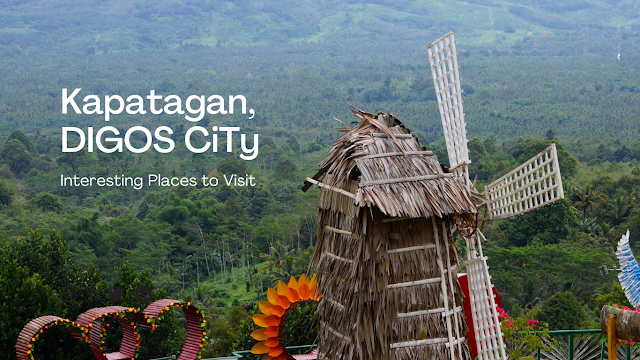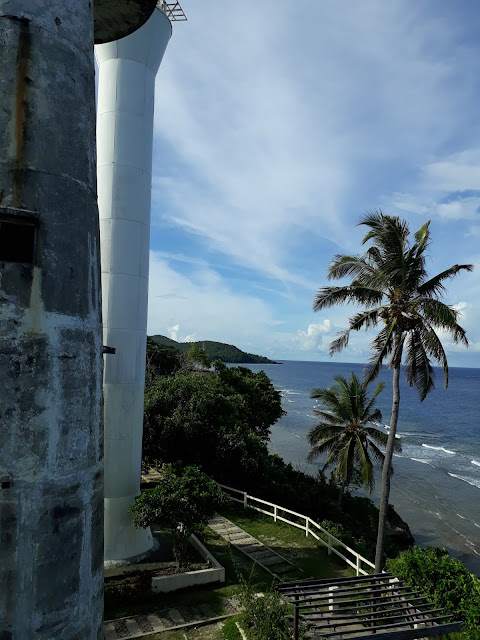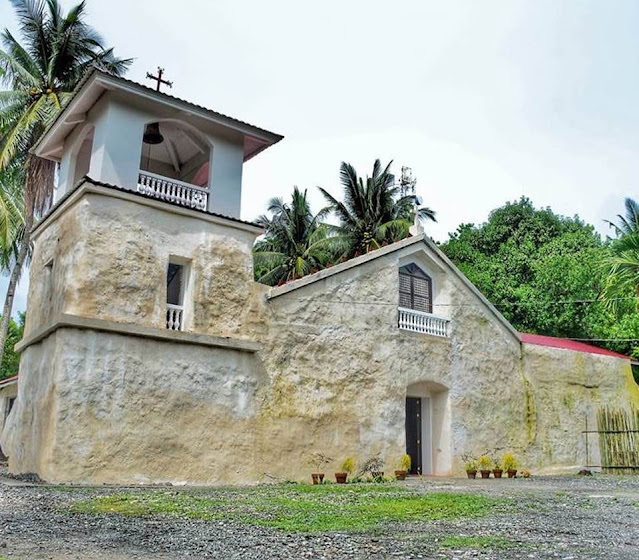Daram, Samar
Daram is a 3rd class municipality in the province of Samar, Philippines, located in the Eastern Visayas region. As of the 2020 census, it has a population of 41,608. The municipality comprises two major islands—Daram Island and Parasan Island—along with several smaller ones and is celebrated for its stunning coastal and island scenery.
Daram thrives on its natural resources, vibrant landscapes, and deep cultural heritage. Its economy is primarily fueled by fishing and agriculture, with tourism also emerging as a growing sector. Despite its status as a third-class municipality, Daram is poised for future development, leveraging its unique assets and strategic location in Eastern Visayas.
Etymology
The name "Daram" traces back to the bird called *Darangsiyao*, which is believed to have guided early settlers to the island. A misunderstanding with a Spanish inquirer eventually led to the shortening of the name from *Daramsiyao* to Daram. The island celebrates the original name in the annual Daramsiyao Festival, held every January 15.
History
Originally part of the nearby municipality of Zumarraga, Daram's early population was primarily composed of fisherfolk and farmers. Over time, settlers began to inhabit the island in greater numbers. On September 1, 1949, Daram gained independence from Zumarraga through Executive Order No. 262, becoming its own municipality with its seat in what was then barrio Daram.
Geography
Daram spans an area of 140.26 square kilometers and is known for its mountainous terrain, with narrow coastal plains surrounding its interiors. It features a combination of warm and cool climates, making it ideal for the cultivation of various agricultural products. There is no distinct dry season, but the area typically experiences heavy rains in December.
Positioned within the western Samar Sea and Zumarraga Channel, Daram is only a 30-minute boat ride from Catbalogan, the provincial capital of Samar, as well as the Northern Leyte.
Economy
Daram’s economy is largely dependent on fishing and agriculture. Local fishermen harvest a variety of seafood, including galunggong, pompano, tamban, and rabbitfish. The seas surrounding Daram are also rich in crabs, seaweed, and mussels, contributing to both local and regional markets.
Agricultural output focuses on coconuts, bananas, and corn, with sweet potatoes, cassava, and legumes being secondary crops. Kelp seaweed has become a notable export product, contributing to the international market.
Tourism has recently seen growth, with attractions such as Kandiwata Islet, a stunning rock formation that draws visitors, and Monbon Beach, which is popular among beach campers.
Demographics and Culture
Most of the population speaks Waray-Waray, a Visayan language common throughout Samar. The majority of the residents identify as Roman Catholic, and fiestas celebrating local patron saints are widely observed.








